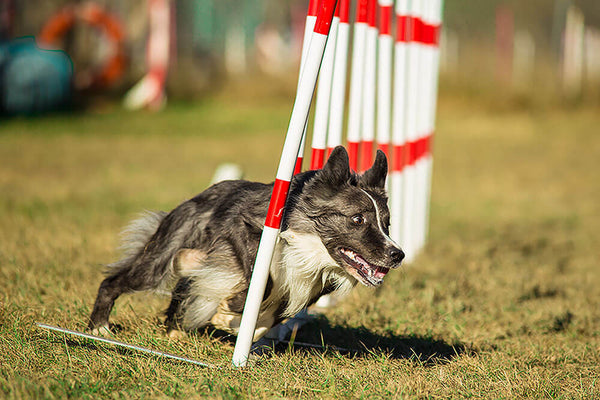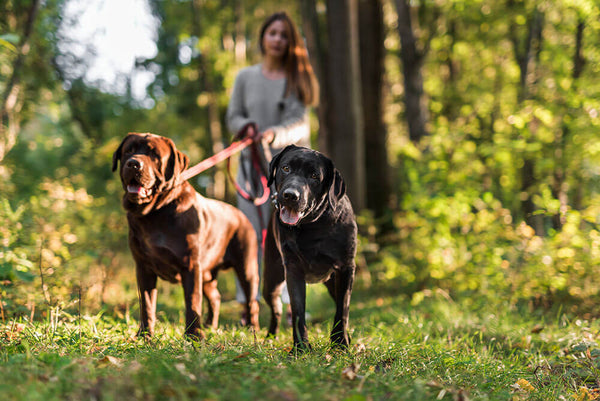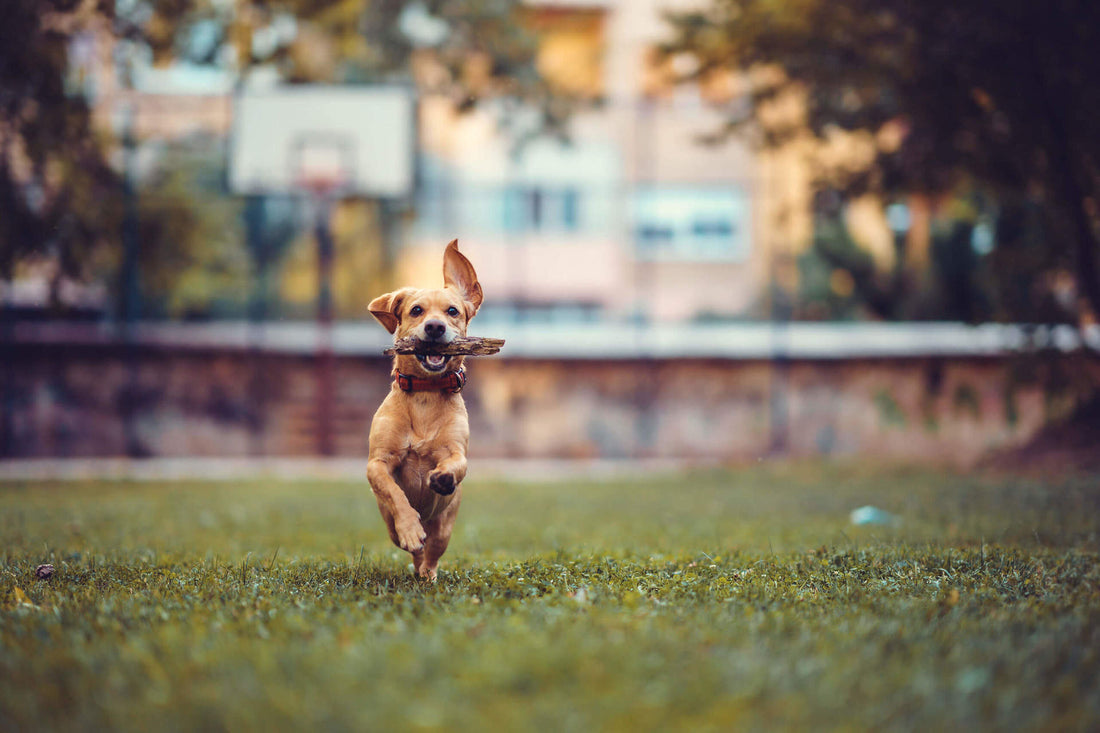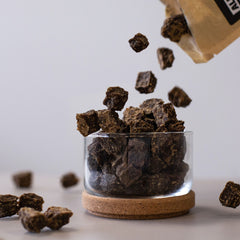The musculoskeletal system of the dog
Dogs have 300 bones, regardless of size and breed. In anatomy, the dog's musculoskeletal system is divided into passive and active parts (bones and joints = passive, muscles; tendons and ligaments = active).

dogs in growth
Depending on the breed of dog and the expected size when fully grown, the four-legged friends are fully grown in 10 - 24 months. Small dogs (Dachshunds, Jack Russells, etc.) reach their final size more quickly (10 - 12 months) than large dogs. These can grow until they are two years old (giant breeds such as Great Danes, Rhodesian Ridgebacks, etc.).
Growth occurs primarily in the long bones (for example the femur), at the ends of which are the so-called growth plates. Only when the final size is reached do these growth plates close and give the musculoskeletal system its stability. The period of this closure varies from bone to bone and from dog breed to dog breed.
Growth follows a fixed growth curve, which must be strictly observed when exercising young dogs in order to prevent deformities or subsequent damage. In the first six months of a dog's life, the dog grows very quickly, only after that does the growth curve become flatter.

How much exercise does my dog need?
When they are puppies, dogs should not be walked for too long at a time. Roughly speaking, you should expect five minutes of exercise per month of life or one minute per week of life. This rule of thumb is only intended as a guideline; the need for exercise can vary from individual to individual depending on the dog's character and breed.
Once the growth plates have completely closed, there are many ways to keep the dog busy. Depending on the breed of dog, your four-legged friend's interests will vary. Herding dog breeds (Australian Shepherd, Border Collie, etc.) are often suitable partners for agility or Treibball, while hunting dogs are best suited to activities that require the nose (tracking, mantrailing, etc.). There are also many other exciting types of exercise for the human-dog team to discover.
Disorders of the musculoskeletal system in dogs
Young dogs and active breeds in particular need plenty of exercise and activity. They romp and run across meadows, over hill and dale, through forests and fields in rain and snow. Alongside all the fun, there is of course also the risk of injury - your dog can quickly become limping just as it is active.
This may be due to a sprain or strain, which must be examined by a veterinarian in order to avoid subsequent damage and unnecessary long-lasting pain.
In older dogs, signs of wear and tear or old, not completely healed injuries can lead to arthrosis. This chronic joint disease often causes pain for the dog and can limit its quality of life. However, the point at which a dog is considered old is a completely individual matter - here too, it depends on the size and breed of dog.
Do not take lightly any changes in your dog's willingness to run or any lameness that may occur. A veterinarian can quickly provide relief through targeted diagnosis and individual treatment and enable your animal to live a pain-free life.
















